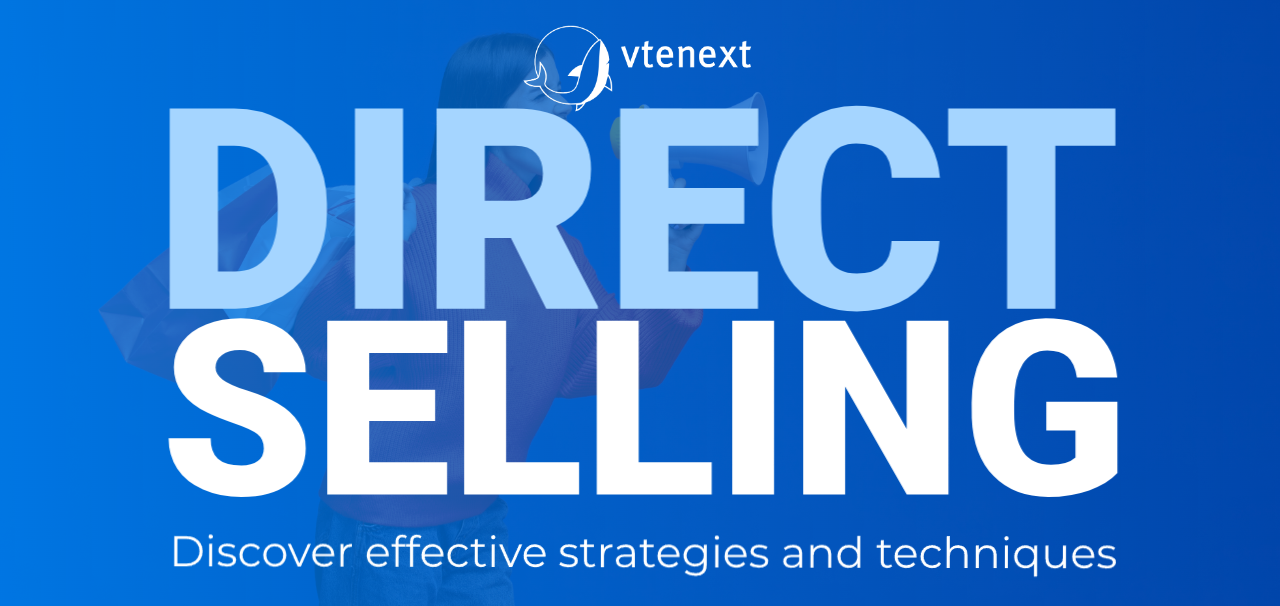Going beyond traditional distribution channels means rethinking the way products and people meet. Through more personal and flexible dynamics, the direct selling model responds to this need by offering an exchange based on relationship and listening. Without the intermediation of physical outlets, a space is opened in which communication between those who propose and those who buy becomes central. This approach, often chosen by leaner business realities, allows cost containment and builds more authentic links with the public, valuing each interaction as an opportunity to generate trust and value.
What is direct selling
In a very simple way, direct selling is a method where the product reaches the final consumer without passing through shops or traditional distribution channels. It doesn’t take place in stores, nor does it follow the typical logic of retail, but relies on human contact as the main vector of communication and trust.
Each interaction becomes an opportunity to tell, demonstrate, answer doubts, and adapt the offer to the specific needs of the customer. The purchase does not happen simply in a place, but in a conversation. This model lends itself to very different scenarios: individual meetings, small group presentations, online consultations. Companies that adopt it prefer a more direct relationship and often more sustainable, both economically and in terms of impact.
The main direct selling models
A different relational and operational structure is what characterizes and differentiates the main direct selling models. These approaches respond to specific needs of both the market and individual sellers, and represent flexible tools for reaching the customer effectively.
Individual sale (single-level)
This is the most essential and immediate form. The contact with the customer is direct, often by appointment, through personalized consultations. The seller presents the product, answers questions and provides practical demonstrations. This approach focuses on listening and building trust. It is particularly suitable for goods with a high technical or emotional content, where the human element plays a decisive role in the purchasing decision.
Party plan
In this model, sales become a collective experience. These events typically take place in informal settings, such as private homes, where a group of people attend a presentation. The social dynamic encourages engagement and word of mouth.
Purchases also stem from group influence, making the experience more engaging and often more effective. It is an effective format for wellness, home, or personal care products.
Multi-level marketing (MLM)
In addition to direct sales, this system introduces a horizontal growth component: sellers can recruit other sellers and earn from their team’s sales. The model is based on continuing training, mutual support and the development of autonomous business networks. It requires entrepreneurial spirit and leadership skills. When well managed, it allows scalability that is difficult to achieve with more linear models.
The benefits of direct selling
Taking a direct approach to sales means accessing a range of benefits that go beyond the purely economic dimension, outlining a flexible and person-centred working model. The absence of intermediaries makes it possible to simplify the commercial chain, with a consequent reduction in fixed and advertising costs. This makes the model accessible even to those with limited resources, opening up space for lean and adaptable entrepreneurial initiatives.
One of the most important benefits is organizational freedom: each seller can manage time, tools, and methods independently. This flexibility translates into a greater ability to reconcile other commitments, whether personal or professional.
In relational terms, direct selling promotes authentic interaction with the customer, which often turns into a lasting relationship. Direct communication allows a better understanding of needs and expectations, leading to a more targeted and, therefore, more effective offer.
On a personal level, it is also an educational experience as it strengthens self-confidence, stimulates initiative and encourages the development of transferable skills such as communication and negotiation.
Finally, the absence of formal entry requirements makes this model inclusive, allowing people with different backgrounds to engage in business immediately and in a practical way.
Strategies for direct selling
Interpreting the context, reading the customer’s signals and knowing how to modulate the approach according to the situation are crucial for creating an effective strategy. The preparation begins well before the meeting, with a careful organization of the space – physical or virtual – which conveys order, attention, and reliability.
Communication plays a central role. Clear language, without promotional excesses, combined with targeted questions, helps understand the real needs of the prospect: it is here that the sale turns into advice, and the product becomes an answer to a specific need.
Time management is also crucial: not only during the interaction but also after the sale. Maintaining an active relationship, through discreet follow-ups and useful content, strengthens trust and stimulates new opportunities. In addition, collecting feedback, observing reactions, analysing results: these elements allow you to constantly refine your approach.
Skills to be acquired
What makes the difference is certainly the ability to persuade, combined with the ability to manage a micro-business independently. From day-to-day planning to contact management, each step involves a strong personal organisation.
In addition to relational soft skills, concrete skills are needed: knowing how to read data, interpreting customer feedback, setting realistic and measurable goals. Constant monitoring of your own activities, combined with a mindset open to continuous improvement, allows you to grow progressively, even in the absence of complex structures.
Digital tools play a key role in this process. Tools like vtenext – process management-oriented CRM – help centralize information, automate repetitive tasks and keep the customer relationship cycle active. They provide strategic support to transform daily efforts into sustainable results.

